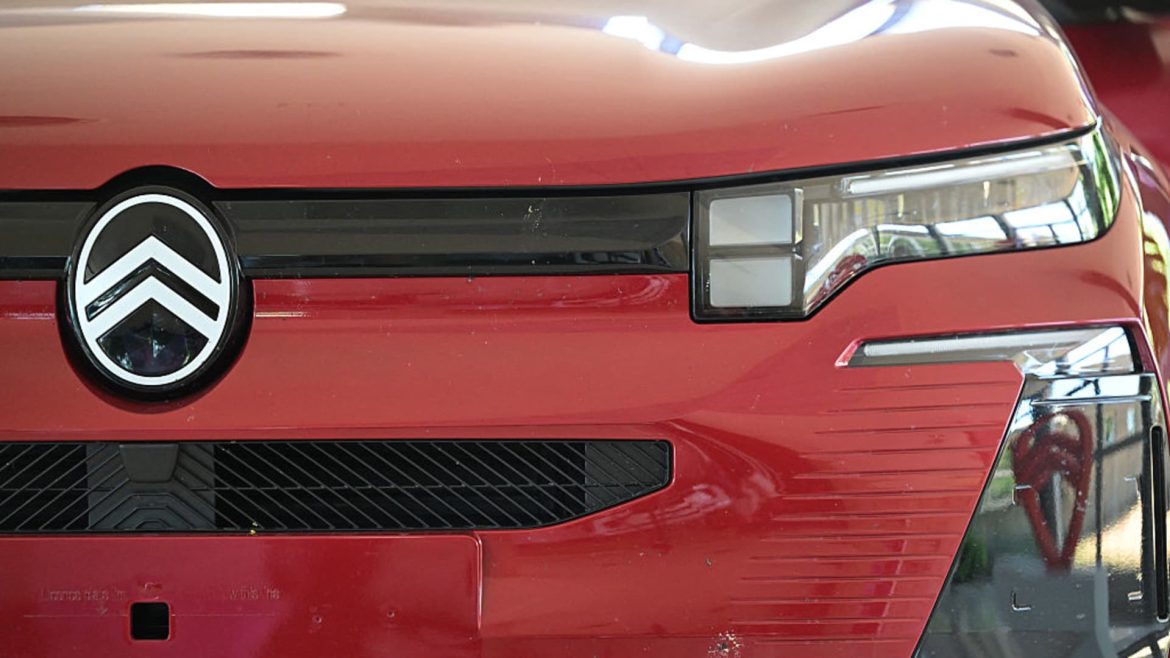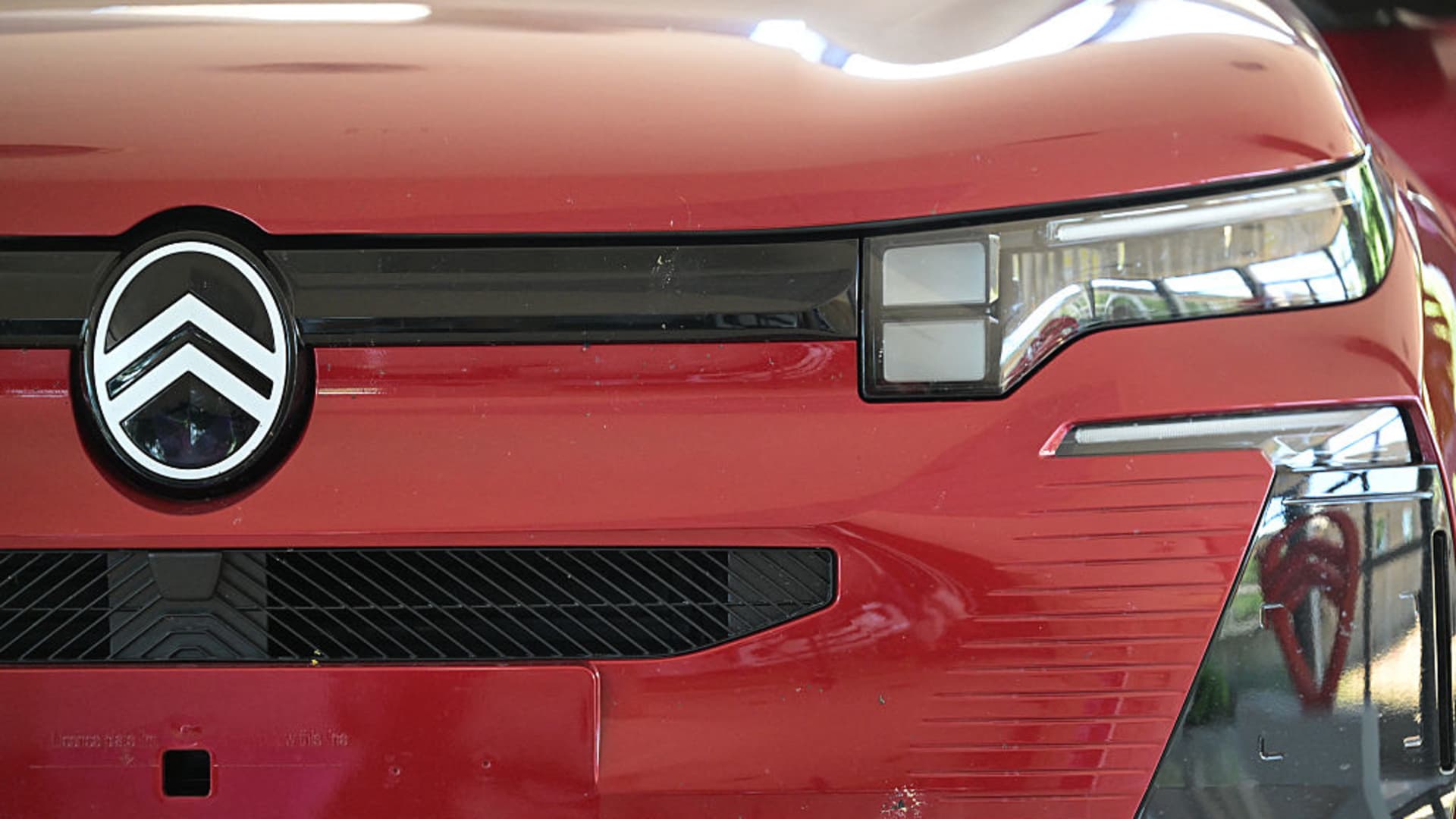The Crumbling Colossus: How Trump’s Tariffs Decimate Europe’s Automotive Industry
A Collision Course
The global economic landscape in 2025 is a battleground of trade tensions, and Europe’s automotive industry is caught in the crossfire. Donald Trump’s return to the Oval Office has reignited a trade war, with the EU’s automotive sector as a prime target. Once a symbol of European industrial prowess, the industry now faces an existential crisis. The impact extends beyond corporate balance sheets, threatening jobs, innovation, and the stability of the European economy.
The Tariff Tsunami: A Breakdown of the Damage
Trump’s tariffs have created a perfect storm for European automakers. The 25% tariff on EU auto imports, up from a mere 2.5%, is just the beginning. Additional tariffs on car parts, steel, and aluminum have compounded the problem, disrupting supply chains and inflating costs.
Increased Costs and Reduced Competitiveness
The immediate effect is a surge in export costs. European vehicles in the U.S. market are now less competitive, forcing automakers to choose between absorbing costs or passing them on to consumers. Either way, the result is a decline in sales and market share.
Disrupted Supply Chains
European automakers rely on a global network of suppliers. Tariffs on components and raw materials add complexity and cost, undermining decades of supply chain optimization. This inefficiency further erodes profitability.
Eroding Profit Margins and Investment
Even if automakers maintain sales volume, tariff costs will squeeze profit margins. This reduces funds available for research and development, threatening Europe’s leadership in automotive innovation.
The European Giants Stumble: Case Studies in Crisis
The impact of Trump’s tariffs is not uniform. Some European automakers are hit harder than others, particularly those with heavy U.S. market exposure.
Germany’s Auto Sector in Peril
Germany, the backbone of the EU economy, is home to BMW, Mercedes-Benz, and Volkswagen—brands heavily reliant on U.S. exports. The tariffs have led to production slowdowns and financial strain, with ripple effects across the German economy.
Ripple Effects Across the EU
The crisis extends beyond Germany. France, Italy, and Spain also face declining automotive sales and production. The interconnected nature of the EU economy means that a slowdown in one country affects them all, creating a vicious cycle of decline.
Beyond the Balance Sheet: The Human Cost
The economic impact of Trump’s tariffs is severe, but the human cost is even more devastating.
Job Losses and Economic Hardship
As automakers scale back production and close plants, thousands of workers face unemployment. This creates financial hardship for families and strains local economies dependent on the automotive industry.
Reduced Investment in Innovation
Facing shrinking profits, European automakers are cutting back on investments in electric vehicles and autonomous driving technologies. This threatens Europe’s long-term competitiveness in these emerging fields.
Social Unrest and Political Instability
Widespread job losses and economic hardship can lead to social unrest and political instability. The automotive industry is a major employer in many European regions, and its decline could have profound social consequences.
EU’s Retaliation and a Standoff: The Trade War Intensifies
The EU has not remained passive in the face of Trump’s tariffs. In response, the EU has imposed retaliatory tariffs on U.S. goods, targeting sectors like agriculture, steel, and consumer products. This tit-for-tat escalation has intensified the trade war, creating further uncertainty for businesses on both sides of the Atlantic.
Defensive Measures and Negotiation Attempts
The EU’s strategy combines defensive measures with attempts at negotiation. Retaliatory tariffs aim to pressure the U.S., while diplomatic efforts seek a negotiated solution. However, Trump’s unwavering protectionist stance has made progress difficult.
The Shifting Sands of Global Trade: A New World Order?
Trump’s tariffs are part of a broader trend toward protectionism and economic nationalism. The rise of China, Brexit, and growing dissatisfaction with globalization are reshaping the global trade landscape.
Weakening Trade Alliances
Traditional trade alliances are weakening as countries prioritize their own interests. This fragmentation creates a more uncertain environment for businesses, making long-term planning and investment more challenging.
A Bleak Outlook: The Future of Europe’s Automotive Industry
The future of Europe’s automotive industry is uncertain. If Trump’s tariffs remain in place, the industry faces prolonged decline, characterized by reduced sales, job losses, and diminished competitiveness.
Adapting to a New Reality
To survive, European automakers must adapt to higher trade barriers and increased competition. This requires a fundamental shift in strategy, focusing on diversifying markets, investing in innovation, improving efficiency, and strengthening regional supply chains.
Conclusion: A Crossroads of Destiny
Europe’s automotive industry stands at a crossroads. Trump’s tariffs have dealt a heavy blow, but the industry’s fate is not yet sealed. By adapting to new realities, investing in innovation, and forging new alliances, Europe’s automotive giants can weather this storm and emerge stronger. Failure to adapt, however, could lead to a long and painful decline, with far-reaching consequences for the European economy and society. The road ahead is challenging, but the future of a once-mighty industry hangs in the balance.





